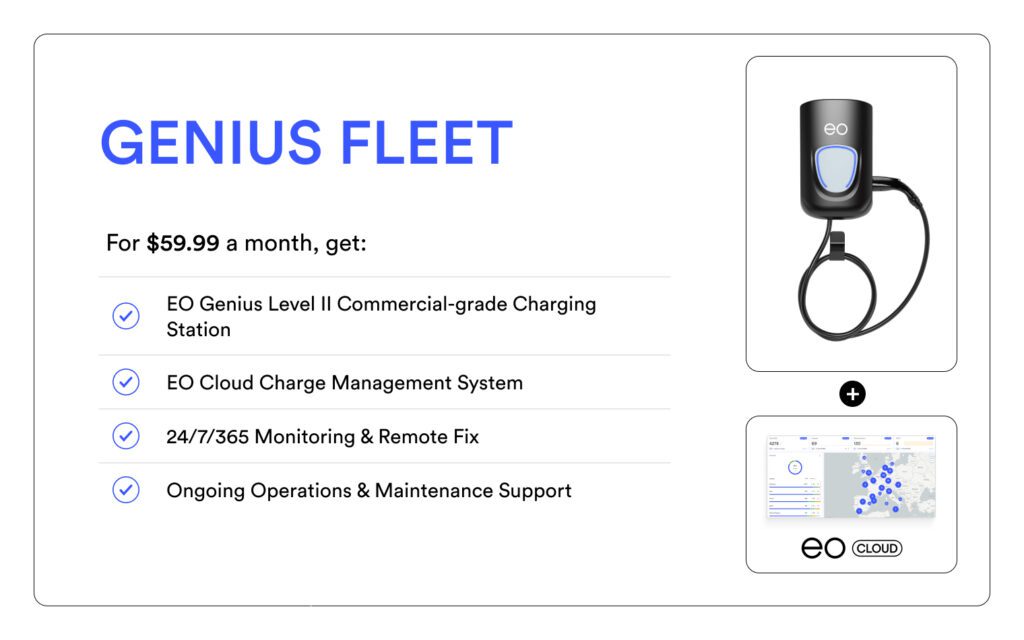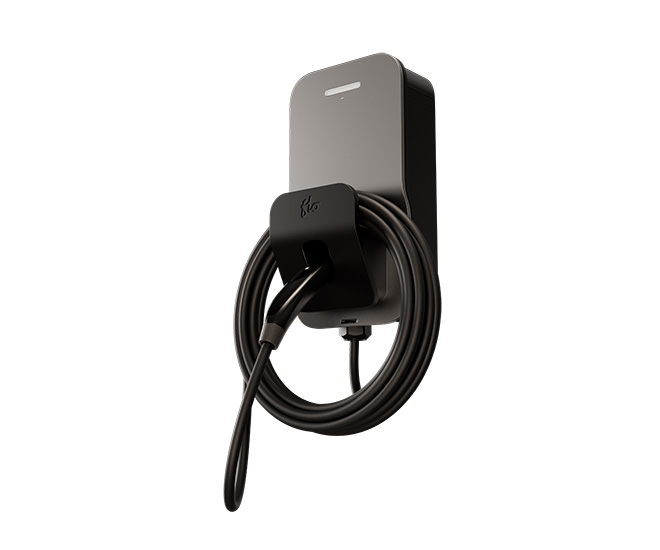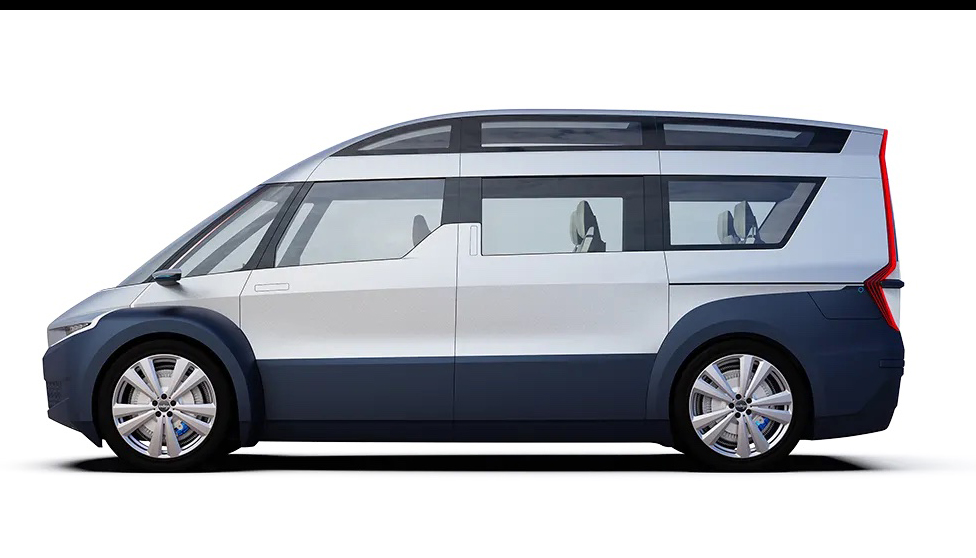It’s a compelling vision of the future: empowered consumers generating their own clean electricity to power their state-of-the-art EVs. But is it practical today? Popular Mechanics writer Ezra Dyer set out to find out.
Dyer installed a rooftop solar array consisting of 24 310-watt LG panels, with a nominal capacity of 7.4 kilowatts. The system generates about ten megawatt-hours of energy per year. Could this modest solar array generate enough juice to cover all of his driving?
When it came to the vehicles, Dyer didn’t fool around – he bought three EVs that cover the spectrum of price and performance: a GEM e4 low-speed EV, a Mitsubishi i-MiEV and a Tesla Model X P90D.
Low-speed vehicles like the GEM don’t come with EPA-rated specs, but it’s an electron-sipper – the author calculated that it uses about 18 kWh per 100 miles. One day’s worth of power from his solar array would be enough for 238 miles of local errands.
The Mitsubishi i-MiEV never caught on in the US, but sells fairly well in Europe. It uses a bit more juice than the GEM, but even a cloudy day, when the solar panels produced a measly 24.2 kWh, proved to be plenty to power the Mitsu’s full 62-mile range.
The Model X, a large and heavy SUV that can smoke most sports cars, is a different story. When Dyer takes this electron hog on an interstate road trip of 247 miles, it burns through 95 kWh of energy – more than twice what his solar panels can produce in a day. However, over the course of an average month, his system produces enough energy to power the Tesla for nearly 2,200 miles.
Dyer points out a curious fact: while the price of gas is an endless topic of discussion, few people ever think about how much they pay for electricity. Rates vary a lot depending on where you live, but as a very rough rule of thumb, the electricity to power an EV should cost around a third of what you’d pay for an equivalent amount of gas.
If you’re considering installing rooftop solar, be sure to include an EV in your financial calculations – depending on your driving habits and electric rates, you might find that the numbers become even more attractive.
Source: Popular Mechanics








































































